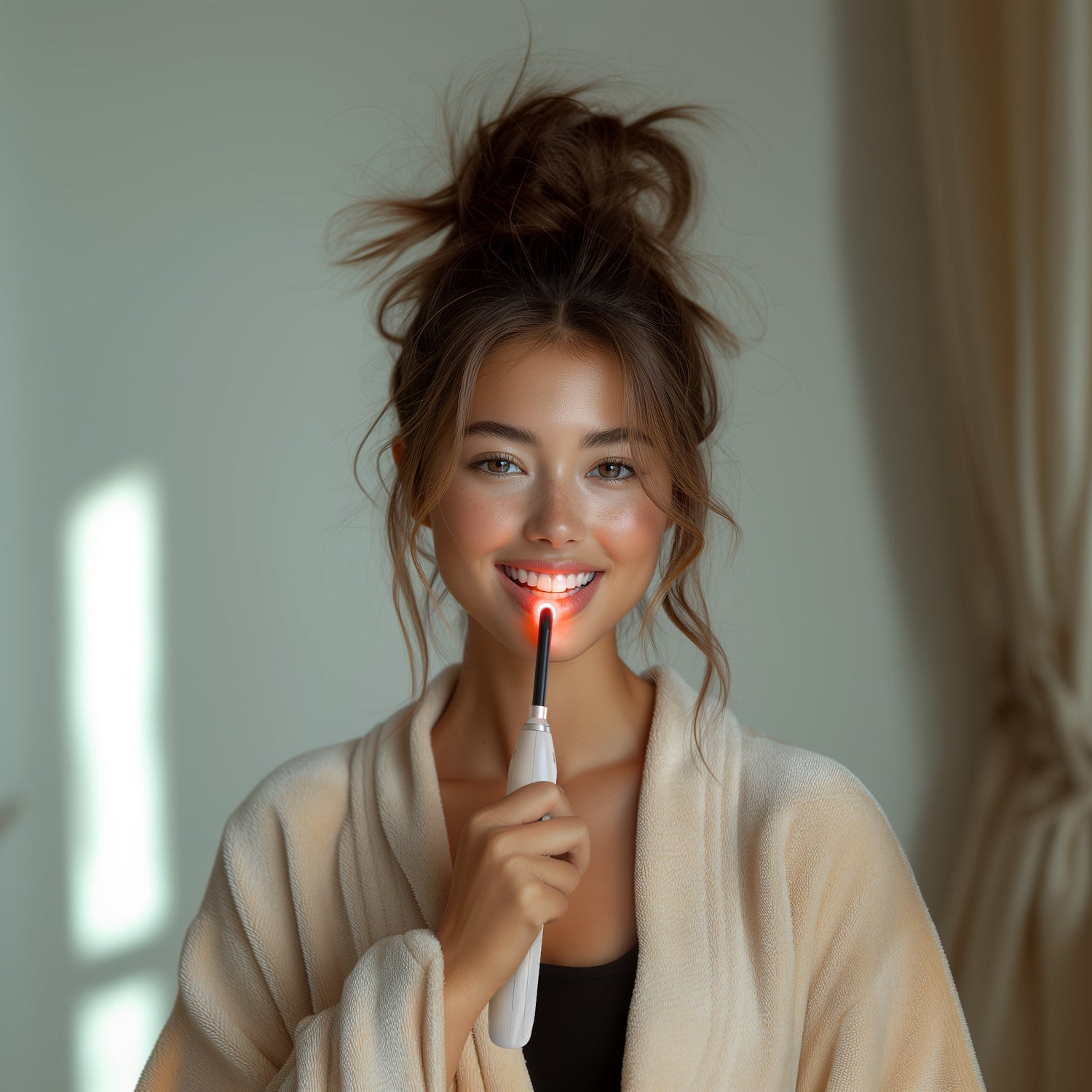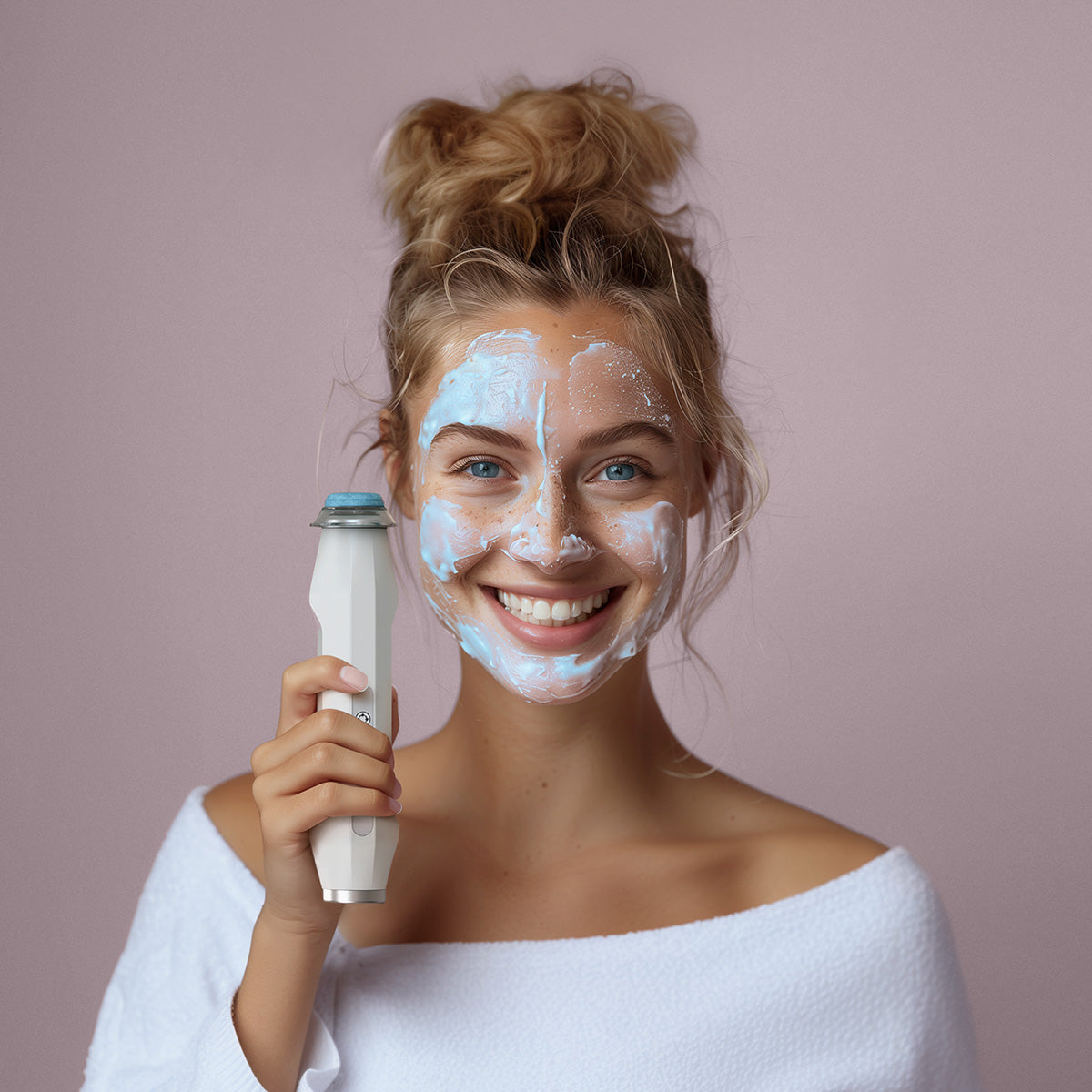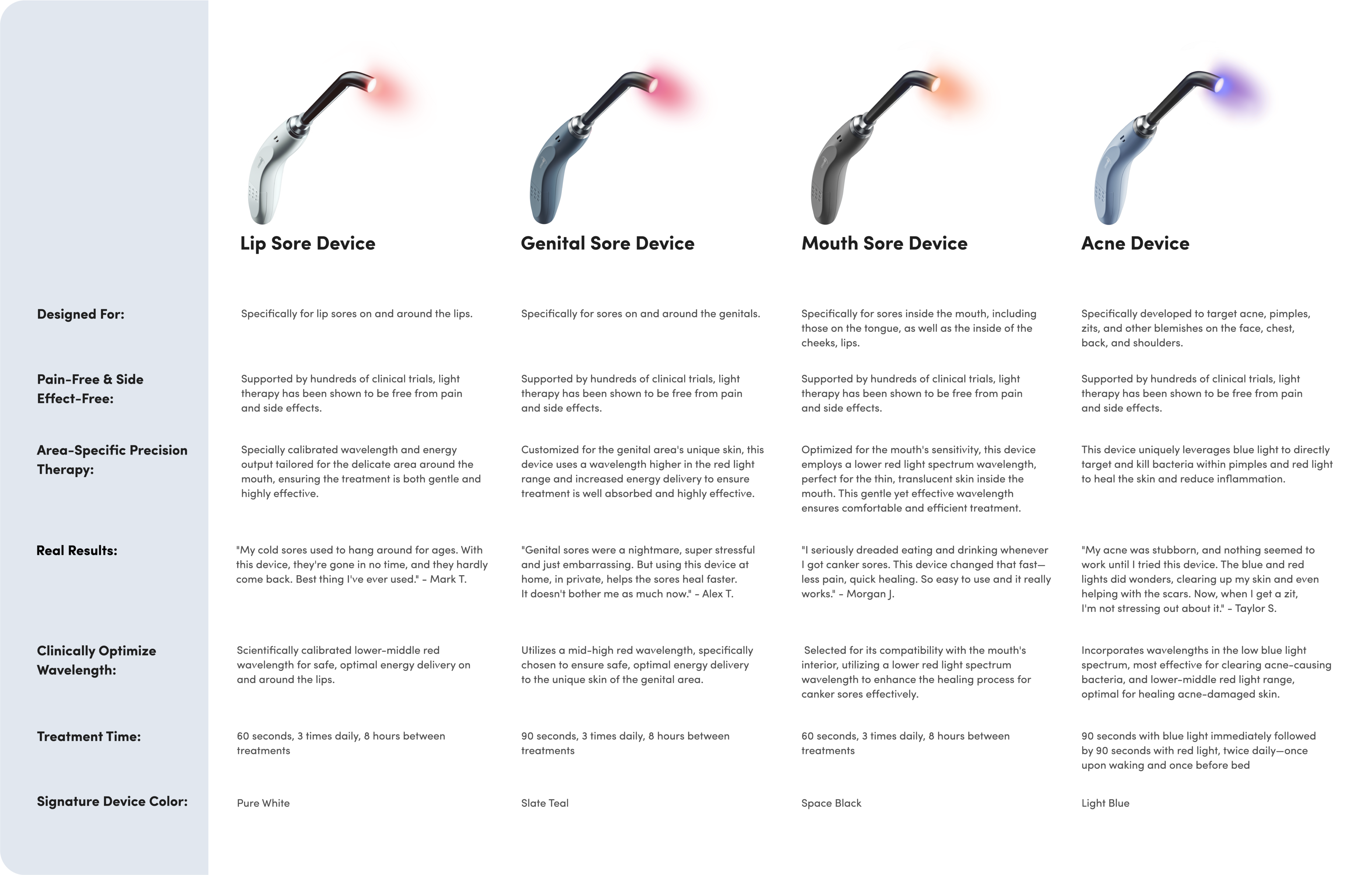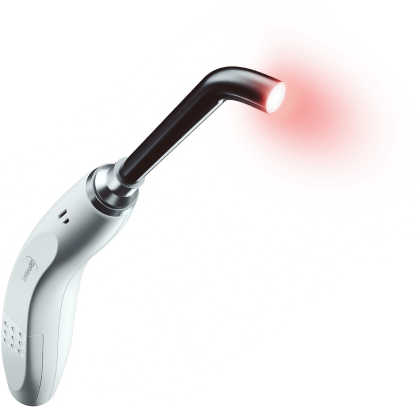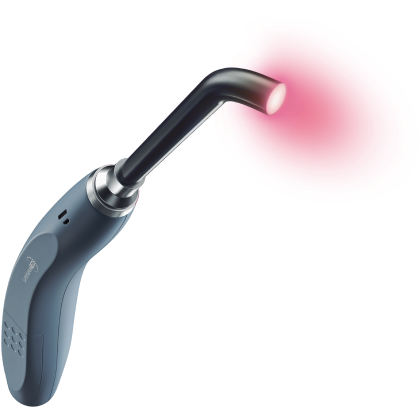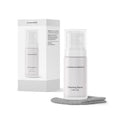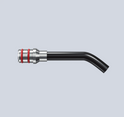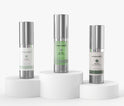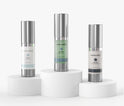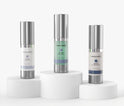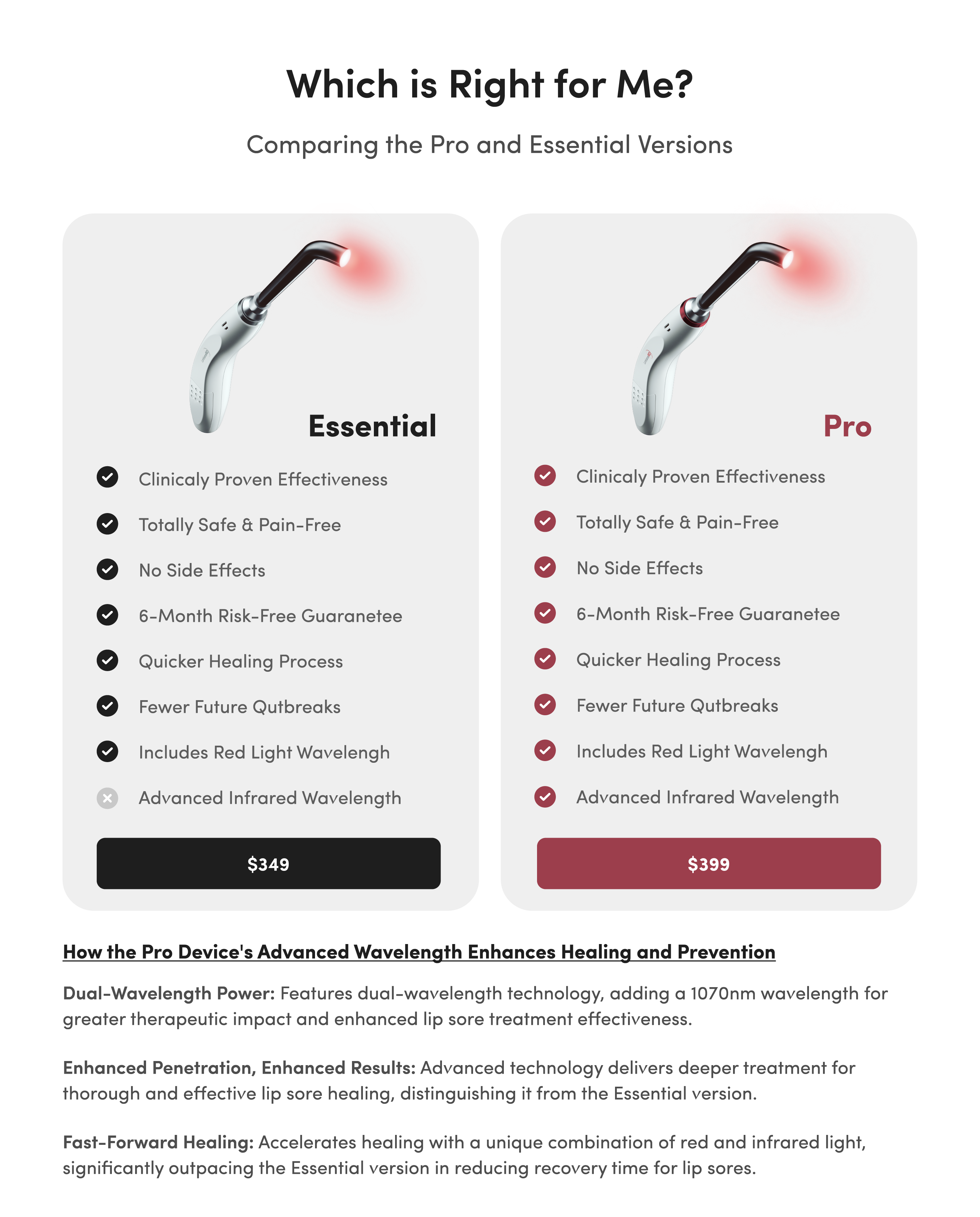Shoulder Acne: Everything You Need to Know

When you read the word “acne,” what comes to mind? Many people think of breakouts on the face. However, acne can appear almost anywhere on your body, and is quite common on the upper body, including the back, chest, arms, and shoulders.
Shoulder acne is particularly difficult to deal with when the weather gets warmer. If your summer wardrobe is full of spaghetti straps and/or muscle tees, you’ll struggle to cover shoulder acne with clothing.
Instead of hiding the problem and missing out on a day at the beach or pool, you can take steps to manage your shoulder acne and achieve clearer skin all over your body.
What Is Shoulder Acne?
Acne is tough to deal with regardless of where on the body it appears. The primary cause of acne is the acne-causing bacteria Cutibacterium acnes (C. acnes) — but C. acnes doesn’t cause breakouts by itself.
The acne-causing process begins deep in the layers of your skin, specifically in the hair follicles. The hair follicles can become clogged with excess sebum, a type of oil produced by the skin’s sebaceous glands. Sebum helps the skin stay moist and protected, but the sebaceous glands can produce too much sebum, which can lead to an acne breakout.
Along with sebum, other substances clog your hair follicles, such as dead skin cells, dirt, and general debris. When the C. acnes bacteria infiltrates these clogged follicles, your immune system responds by fighting the infection. The side effects of this fight include inflammation, swelling, redness, and irritation.
The final result of this process is a brand new breakout on your skin. These pimples come in multiple forms, including:
- Pustules: Inflamed pimples with visible pus.
- Papules: Small, inflamed red pimples with no visible pus.
- Whiteheads: Clogged pore with a closed, white top.
- Blackheads: Clogged pore with an open, dark surface.
- Cysts: Painful, inflamed, pus-filled lumps deep in the skin.
- Nodules: Painful, inflamed lumps deep in the skin.
You can experience any of these types of acne on any part of your body that has hair follicles, including your shoulders.
What Causes Shoulder Acne?
As with any other kind of acne, excess sebum production and C. acnes bacteria can cause shoulder acne. However, certain other factors can lead to shoulder acne as well:
- Acne mechanica: Excessive heat and friction cause this type of shoulder acne. Acne mechanica can occur after repeated activities that create heat and friction, like strenuous workouts. Friction or pressure may also come from an article of clothing or other object. Anything that repeatedly irritates the same spot on your shoulder, such as gym equipment, a backpack, or a shoulder bag, can lead to acne mechanica.
- Keratosis pilaris: This condition isn’t truly acne, and often looks more like a rash. Keratosis pilaris usually forms on the back of the shoulders, upper arms, and thighs, and is most common in children. It occurs when the hair follicles clog excess keratin, leading to tiny, hard, red bumps across your skin.
- Folliculitis: Also not truly acne, folliculitis can resemble an acne breakout of uniform, tiny whiteheads evenly spaced across the skin. These inflamed hair follicles commonly result from a bacterial or fungal infection.
Fluctuations in hormone levels are also a common cause of shoulder acne, a process which looks different in males and females.
For teen boys, shoulder acne can result from the natural progression of puberty. An increase in the hormone testosterone may trigger sebaceous glands to produce excess sebum, leading to acne breakouts. The upper body, including the shoulder area, is often affected by the hormonal acne caused by puberty.
For teen girls and adult women, a common trigger for shoulder acne is the menstrual cycle. The natural hormonal fluctuation that occurs with menstruation, including a rise in progesterone, can lead to hormonal acne, which may include acne on the shoulders.

Treatment and Prevention
The treatments and preventative methods you use to fight your shoulder acne depend on the primary cause of your breakouts. If you can determine the cause of your shoulder acne, it will be much easier to control.
Below are a few common ways you can use to treat and prevent your shoulder acne once you identify the root cause:
Lifestyle Changes
Meaningful lifestyle changes can treat and prevent many types of shoulder acne.
First, hygiene is important for preventing acne breakouts, so make sure you have a strong, reliable hygiene routine. Wash your shoulder area thoroughly twice per day, and try to shower as soon as possible after activities that induce sweating.
However, don’t cleanse your shoulders more often than needed. This can cause your skin to dry out, which triggers further sebum production and can lead to more acne.
If you suspect you have acne mechanica, consider changes you can make to your exercise routine or daily routine. If possible, be sure the skin of your shoulders isn’t rubbing against anything on a regular basis. If you have to wear sporting equipment on your shoulders, make sure the equipment is clean when you put it on, and don’t keep it on for longer than necessary.
For exercise, wear loose-fitting, comfortable clothing. The same goes if you know you’ll be in a hot environment for a long time.
Again, hop in the shower as soon as possible after sweating excessively, wearing sporting equipment, or being exposed to intense heat.
Over-the-Counter Topical Treatments
There are many over-the-counter topical treatment options you can use to fight shoulder acne. These topical treatments include a variety of active ingredients, all known for their ability to fight breakouts and prevent new pimples from forming.
A few active ingredients commonly found in over-the-counter topical acne treatments include:
Some of these active ingredients can be harsh on your skin, especially if you’ve never used them on your shoulders before. You may need to start with a lower concentration of the ingredient, or apply less often than the product recommends (every other day instead of once per day, for example) until your skin adjusts.
Topical Prescription Medications
Some topical treatments are available in prescription strengths, such as prescription-strength retinoids, which are a synthetic form of vitamin A.
If over-the-counter topical treatments aren’t cutting it, talk with your doctor about topical prescription medications that might be right for treating your shoulder acne.
Oral Prescription Medications
Oral prescription medications are also available for treating acne, though they often have side effects that need serious consideration.
If your doctor determines it could be useful, one oral prescription option is an oral antibiotic. This is not a long-term treatment option for shoulder acne, and in most cases, your doctor will only prescribe one or two rounds of an antibiotic to treat a moderate-to-severe outbreak of shoulder acne.
If your doctor determines your shoulder acne is caused by a hormonal imbalance, they have the option of prescribing an oral medication to reduce acne-causing hormones.
This is a form of hormone therapy, and most medical professionals don’t take it lightly because of the possibility of serious side effects. You may have to try other treatment methods before your doctor will prescribe medications like spironolactone and flutamide.
For some women, prescription oral contraceptives may ease symptoms of hormonal acne. This type of medication tends to disrupt your body’s natural processes less than other hormone therapies, and though side effects are still possible, they’re often less severe.
Light Therapy
A natural alternative to harsh active ingredients and risky prescription side effects is light therapy.
Light therapy uses specific wavelengths of light to penetrate your skin and affect it on the cellular level. Different wavelengths have different effects, but the most commonly used wavelengths for treating acne are blue and red, often applied in tandem.
Blue light therapy reduces inflammation while attacking the acne-causing bacteria C. acnes. By destroying the bacteria, blue light therapy helps reduce the likelihood of future breakouts and keeps existing breakouts from getting worse.
Then, red light therapy comes in to clean up the mess. Certain wavelengths of red light have multiple healing properties that effectively treat breakouts, including:
- Reducing inflammation
- Increasing blood flow
- Increasing cell turnover
- Speeding healing time
- Boosting collagen production
Hundreds of clinical studies have demonstrated light therapy’s ability to treat acne breakouts, including with handheld, at-home light therapy devices like the Luminance RED. These devices make it possible to treat your shoulder acne in the comfort of your own home and according to your own schedule.

When to See a Doctor
Interested in exploring prescription options for treating your shoulder acne? You’ll need to make an appointment to see a dermatologist.
Keep in mind that any prescription medication comes with the risk of side effects. If your dermatologist prescribes medication for you, it’s because they believe the potential benefits to you and your health outweigh the possible risks. No matter what you’re prescribed, take some time to research the risks.
You may also want to consult with your doctor if your acne is severe or causes so much discomfort that it disrupts your day-to-day life. For many people, frequent and severe acne breakouts on any part of the body can cause serious emotional distress. If your well-being is negatively affected by your acne, it’s time to get help, either from a dermatologist or a mental health professional.
Shoulder Acne: Final Thoughts
Shoulder acne can be difficult, but as you weather this affliction, try to remind yourself you’re not alone.
There are plenty of ways to treat your shoulder acne at home, and when all else fails, you can reach out to healthcare professionals who can provide additional treatment options and support.
It might take a little time, but with patience and persistence, you can enjoy clear skin all over, all the time.


